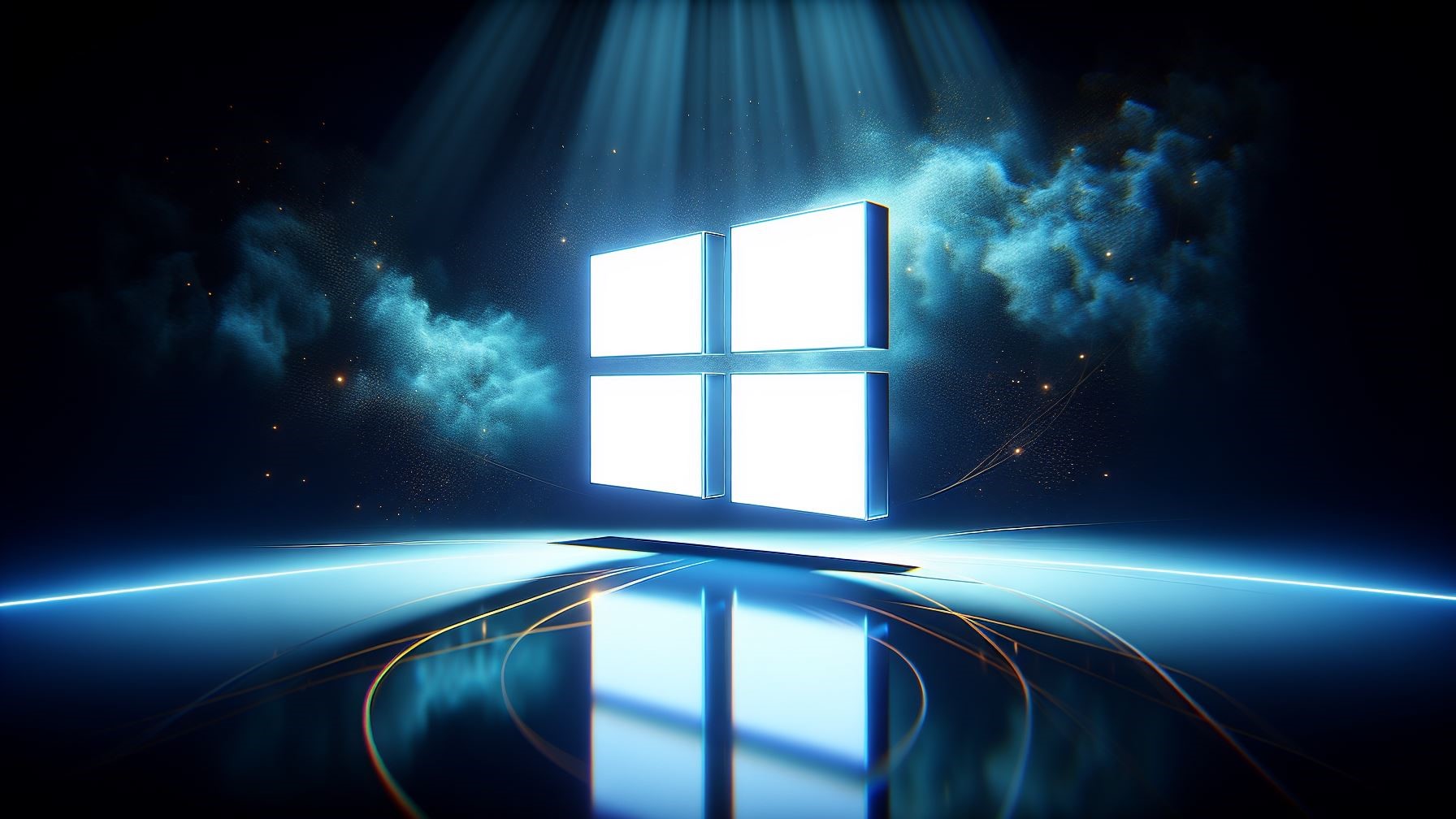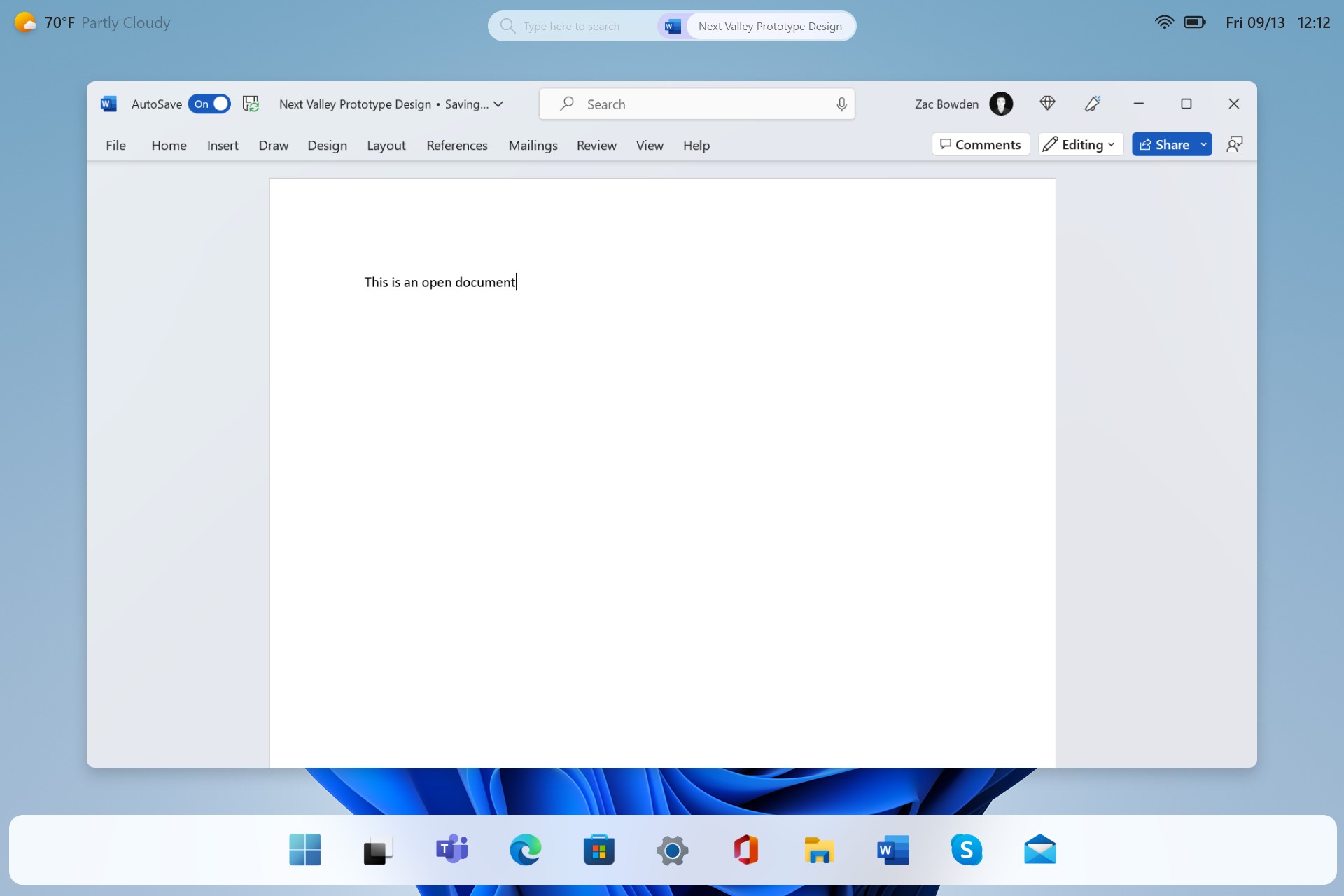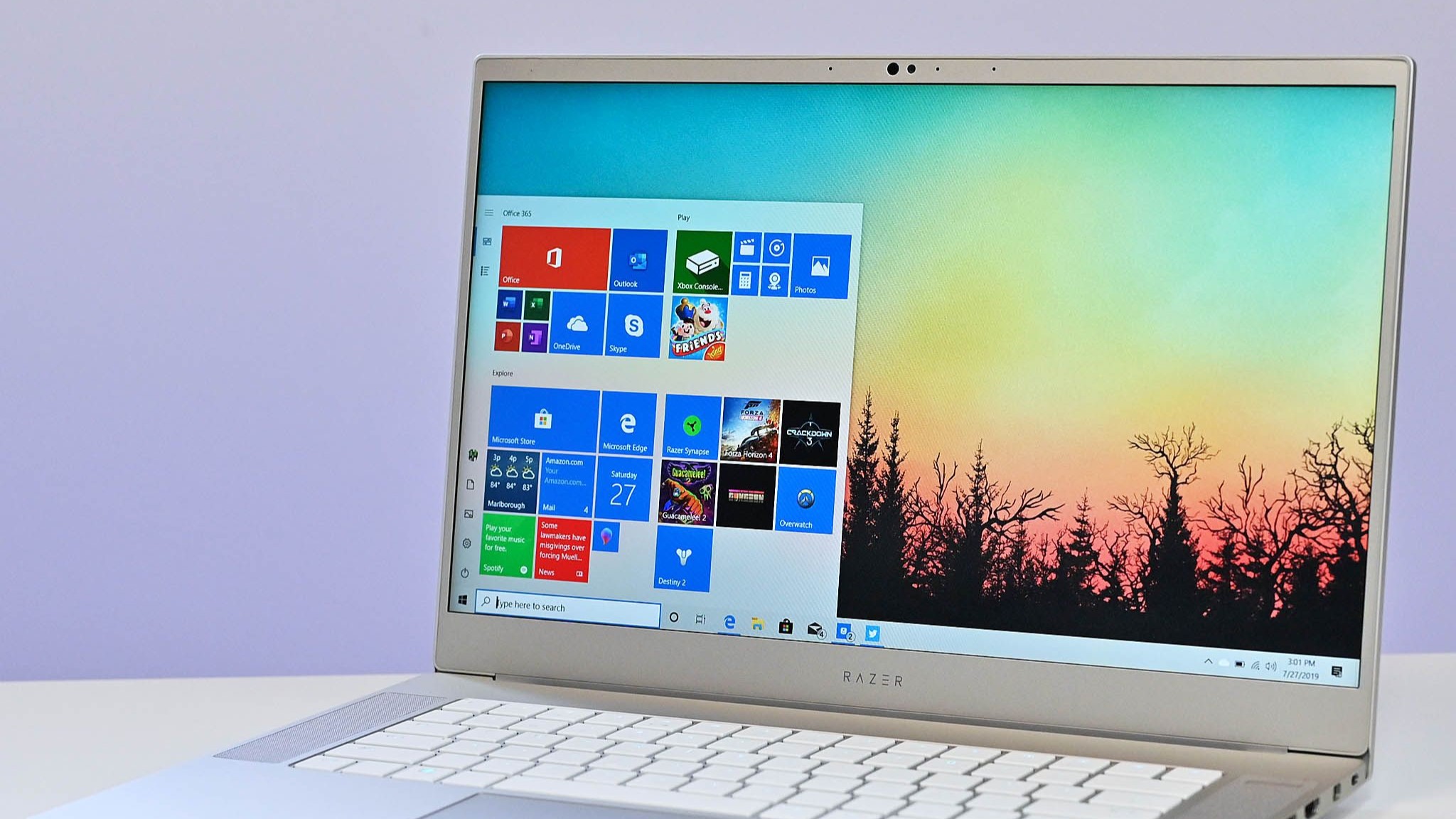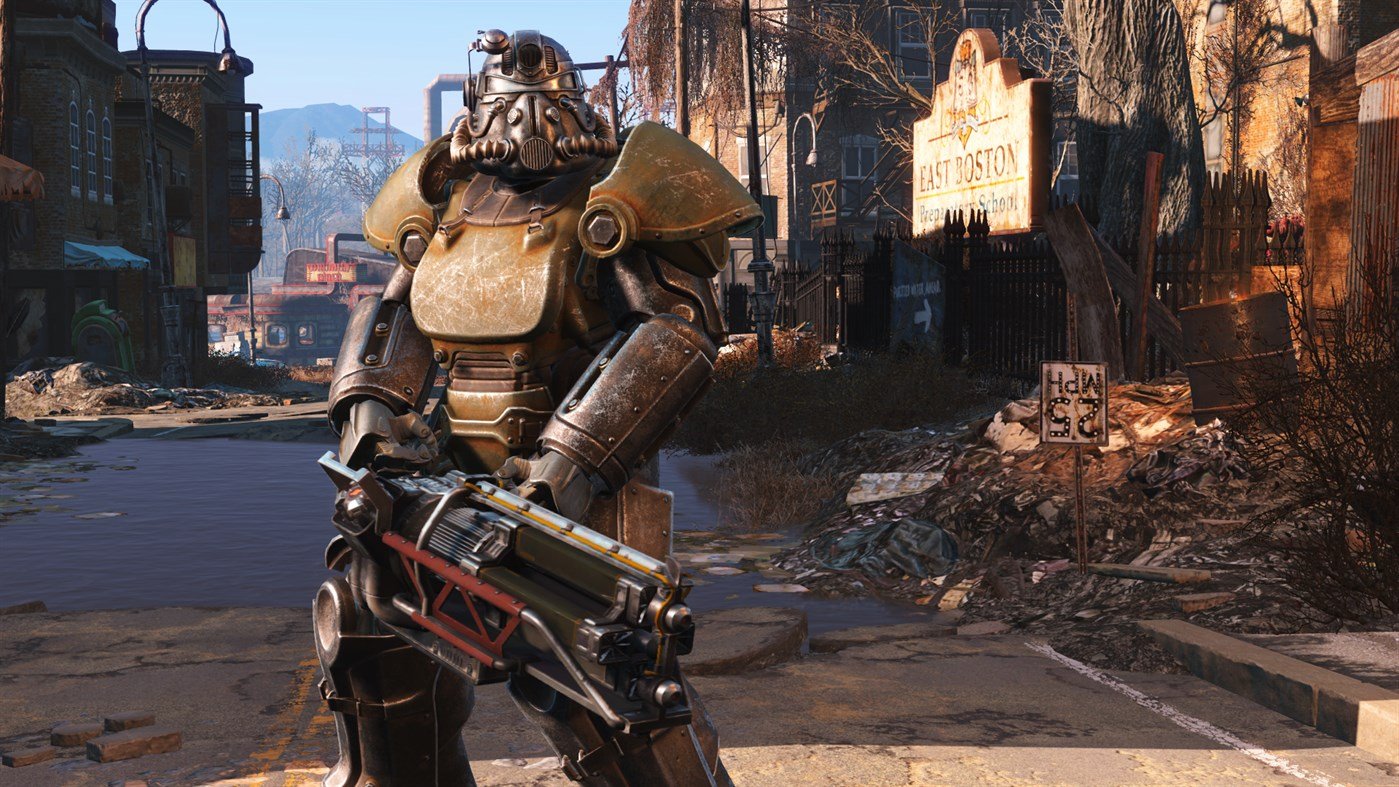Why Windows 12 (probably) isn’t happening this year
New leadership and a fragmented platform make for a tough argument for Windows 12 this year.

It’s an open secret at this point that Microsoft is gearing up to ship a significant update for Windows this year that will primarily focus on new AI experiences, much of which will be powered by next-generation silicon from the likes of Intel, AMD, and Qualcomm. This next release, code-named Hudson Valley, is expected to be unveiled in early summer, and begin shipping in the fall.
Because of its significance, there has been some debate around what exactly Microsoft intends to call this next Windows update. Will it be another Windows 11 feature update, or will Microsoft go all out and call it something new like Windows 12? The answer is we don’t yet know, and likely won’t know for sure until Microsoft is ready to take the wraps off Hudson Valley in a handful of months.
This is a topic being discussed not just externally amongst Windows fans and tech enthusiasts, but internally at the company too. There are pros and cons for going either route with branding, and while I’d personally love for Hudson Valley to ship as “Windows 12,” reading the tea leaves, I think this is unlikely. Here's why.
Windows has a new boss
Windows got a new boss and home internally at Microsoft over the last six months. When this happens, it’s not uncommon for the “new guys” to have different thoughts, opinions, and views on what Windows as a product and platform should be. Everything from what features are greenlit, to how OS updates are delivered, can change when Windows gets a new leader.
Windows’ previous boss, Panos Panay, oversaw both Windows & Surface, similar to how Apple handles macOS and the Mac. This idea of a top-down synergy between hardware and software was important for Panay, and it resulted in things like Windows 11, an OS that rightly complemented the premium hardware it could be found on.
There’s no denying a clear divide regarding UX polish between Windows 10 and Windows 11, and to my knowledge, that’s mostly something Panay really pushed for. But now he’s out the door, Windows & Surface have essentially been split up internally, and now Windows resides under the same umbrella as Edge, Bing, MSN, and Copilot.
Windows’ new boss, Mikhail Parakhin is CEO of Advertising and Web Services at Microsoft, and now oversees Windows in addition to the web products mentioned above. Of course, the new boss likely has his own views on Windows, including where it fits at the company, and changes are already beginning to be made.
All the latest news, reviews, and guides for Windows and Xbox diehards.
One such change is the Windows release strategy itself. Under Panay, Microsoft was moving back to a three-year development cycle for major releases of the Windows platform, which could have been timed with new versions of the Windows product (like Windows 12, Windows 13, etc.)
Now that Windows is part of the web experiences team, I understand that Microsoft wants to return to a more frequent update schedule for Windows as a whole. The new bosses want to emphasize Windows as a Service, which means shipping features and platform improvements when they’re ready, instead of waiting for a big bang release every few years.
Fragmentation is a real concern
Right now, there are two dominant versions of Windows on the market. There’s Windows 10, which has around 1 billion users, and Windows 11, which sources say has around 400 million users. That totals 1.4 billion Windows users, with a roughly 70/30 split between platforms. That’s called fragmentation, and it’s something OS platform makers want to avoid.
The problem is, most of the users still using Windows 10 are doing so on PCs that aren’t eligible for Windows 11, and many of those PCs are still perfectly capable of performing the day-to-day tasks they were purchased for. Because of this, Microsoft knows that Windows 11 growth is slowing.
While a new version of Windows might encourage some users to dump their existing Windows 10 PC for a new one with Windows 12, that encouragement only works on a small percentage of people. Most users just don’t care about new versions of Windows, and would rather wait to buy a new PC once their existing one is no longer fit for purpose.
This is why Microsoft recently announced plans to bring new features back to Windows 10, because it knows a lot of people have no intention of upgrading to Windows 11 (or a Windows 12) for the foreseeable future. It doesn’t matter how groundbreaking a potential Windows 12 is, people just don’t care.
If Microsoft were to ship a Windows 12 this year, that would mean supporting and maintaining a third in-market version of the client OS, something the company really wants to avoid. So if Hudson Valley ships as another Windows 11 update, Microsoft only has to continue actively supporting two versions of Windows.
I think this landscape changes once Windows 10 exits support in 2025, but there’s no room for a Windows 12 on the market before then.
Playing it safe is key
I think a key reason for making the next release Windows 12 is if it comes with a significantly reworked interface. Since Windows XP, new versions of Windows have come with some kind of interface redesign or paradigm shift, which hasn't always gone down well with Windows users.
The most infamous example of this is Windows 8, which attempted to uproot everything you know about Windows in favor of a simplified, touch-first experience instead. These changes damaged the Windows brand significantly, and it left Microsoft picking up the pieces for the next half a decade after Windows 8's launch.
We know that Microsoft was experimenting with a significant desktop UX overhaul for Hudson Valley under Panay. In fact, an early proof of concept mock up even leaked thanks to someone accidentally including it during an Ignite 2022 keynote presentation.
The concept revealed a floating Taskbar design, and a new home along the top of the screen for things like the System Tray and Windows Search bar. While this interface wouldn't be that drastic from what we have today, I still think it's a risk Microsoft doesn't need to take right now.
Users are so averse to change that they will use any UX change as an excuse not to upgrade, which is a huge problem if your release is all about putting your AI tech in front of as many people as possible. If Microsoft just sticks with the interface people know, that's one less reason for users to refuse the update.
And if Hudson Valley is a Windows 11 update, those users can only refuse it for so long anyway. Microsoft's current update policy means once the version of Windows 11 you're using reaches end of support, you are automatically updated to the latest version of Windows 11 to stay secure.
This doesn't happen between different Windows product releases. So, if Hudson Valley is Windows 12, users can refuse it forever. They will never be forced to move to it, which obviously doesn't help Microsoft long-term.
Microsoft is fast becoming the AI company, and shareholders want to see Microsoft's AI tech and services in use by as many people as possible. So, it's paramount that this next Windows release is familiar, easy to use, and most importantly, released as an update for all 400 million Windows 11 users.
Windows 10 gets reevaluated
One of the very first things the new Windows leadership team did was reevaluate its stance on Windows 10. Under Panay, Microsoft opted to leave Windows 10 behind, and focus only on delivering new features for Windows 11 and beyond. As we've discussed, this decision cut out a majority of Windows users from enjoying any of the new apps, services and features Microsoft has been building over the last two years.
That includes most of Microsoft's AI efforts, including Windows Copilot. So of course, the team in charge of Copilot, now also being in charge of Windows, decided that they should bring Copilot to the version of Windows that has the most users, and thus, a decision was made to refocus efforts on delivering features to both Windows 10 and Windows 11.
This, I think, is the biggest evidence that Microsoft doesn't want to do a Windows 12 this year. It wants to start treating Windows 10 and Windows 11 like a singular platform. There's now even an internal effort to streamline the process for back porting certain features from Windows 11 to Windows 10.
Microsoft will even let users pay for continued security updates beyond the end of support date in 2025. That's how much it knows users aren't looking to upgrade to Windows 11 or Windows 12 any time soon.
Ultimately, we're coming up on another Windows XP situation, where the last version of Windows was the latest for way longer than usual. Many of those users ended up being uninterested in moving to anything newer for a very long time.
Windows XP stuck around for way longer than Microsoft wanted it to, which led to a decade of user base fragmentation across Windows XP, Windows Vista, Windows 7, and Windows 8. Windows 10 was the unification effort Microsoft needed to get everyone back on the same platform again, but it took a while.
Now, Microsoft is at risk of doing it all again. Does Microsoft keep down this path and fragment the platform further, or do they plug the hole now and play the waiting game for Windows 10 PCs to die off and Windows 11 to become the new dominant OS?
We just don't know
Ultimately, we don't know what Microsoft will end up doing later this year. I think my arguments for why Windows 12 is unlikely this year are strong, but we all know Microsoft is Microsoft, and sometimes logic doesn't apply.
It's possible that OEMs are putting pressure on Microsoft to ship Hudson Valley as Windows 12 for that small boost in sales it will ultimately provide. Or perhaps Microsoft has big UX plans for Hudson Valley that would naturally make for a good Windows 12, regardless of the risks that brings.
While that was certainly possible under Panay, I don't think the new leadership team is interested in any drastic UX changes right now. Could Microsoft save it all for a Windows 12 for 2025? Maybe. I think that would be a safer play for them. But deep down, I don't think Microsoft wants to do a Windows "12" at all.
My big bet is that long-term, Microsoft would love to do what Google does with Chrome OS, which is make the platform invisible. You don't hear about Chrome OS 12, or Chrome OS Version 2025. It's just Chrome OS, always and forever, constantly updated with new features and enhancements without much of a fuss.
If Microsoft could do that with Windows, Microsoft would never have to worry about fragmentation again. Windows, as a service, updated every week or month with something new here and there, for "the lifetime of the device" you purchased. That's Microsoft's dream goal, in my opinion.
Will they ever get there? We'll have to wait and see. But for now, I think this year's big Windows OS release is going to be Windows 11 version 24H2, with AI as the headlining feature.






